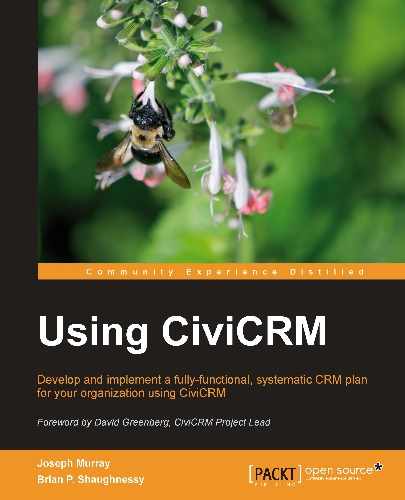After conducting interviews and soliciting input through surveys and other means with key users and stakeholders you should be in a good position to develop a phased implementation plan that schedules the delivery of chunks of functionality over the life of the CRM initiative. Depending on your process and methodology, you might start working on some easy low-hanging fruit with users in one area while the scope and requirements in other areas remain vaguely stated in a one-page plan. Alternatively, you might choose to have a multi-year plan with significant specifications for all phases in a set of documents.
In any case, your organization should recognize that its CRM initiative is not just a technology project. For each segment of constituents, the CRM plan should have a strategy targeting the number of constituents involved, the level of their involvement, the quality of their experience in the organization, and a clear sense of how this will help achieve the mission of your organization. Ideally it will specify 10 to 15 metrics that will be used to measure how well the initiative assists in realizing the organization's objectives.
As part of this process, the organizational structure should be examined and possible organization restructuring plans and processes considered. The engagement strategy for each segment of the constituents will be translated into work processes for Communications, Membership, Events, Fundraising, Volunteer Organizing, Grant Management, and Case Management. Where processes are automated, use cases will ensure that strategic objectives of the organization are kept in focus as user experiences are optimized.
The people side of the project should ensure that staff and volunteers are communicated with effectively in light of your organization's culture. Engagement and involvement mechanisms should be used to address inevitable fear, uncertainty and doubt, and assist with initial and on-going matters of motivation. Where job responsibilities change and people need to begin using new systems like CiviCRM, appropriate initial training and ongoing reinforcement training should be planned. Your goal over time should be to encourage consistent use of the most essential areas of the system, and progressive growth with the more advanced and scenario-specific needs.
The technology side of the project will include more or less formal plans covering:
- Installation
- Configuration
- Customization
- Data migration
- Graphic design
- Theming
- Testing
- Deployment
- Verification of the new system
The deployment plans may involve a phased rollout of new features or a big bang introduction to the new way of doing things. Particularly in the case of financial systems, consideration should be given to operating the old and new systems in parallel for a reporting period or two in order to make sure that the new system is operating correctly, and to determine the ways in which old and new reports differ in terms of the data they present.
